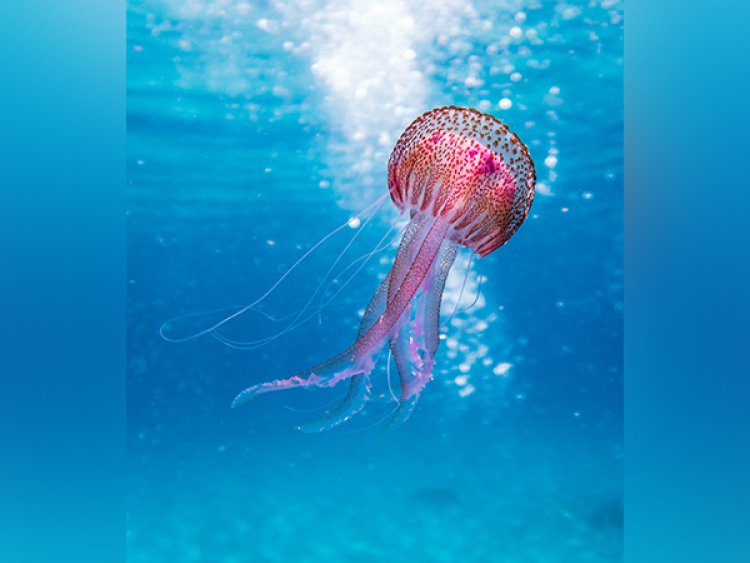Research: Climate change may impact marine environments badly

Gothenburg, Sweden: Planning is necessary to promote the sustainable development of marine habitats, just as there has long been spatial planning for operations on land. Researchers from the University of Gothenburg and other institutions are now demonstrating that marine planning must take climate change into account, which it does not at the moment. According to the researchers' calculations, temperature and salt content changes may affect ecosystems and species more than all other environmental factors combined.
A computer tool called Symphony has been around for a while. The distribution of significant ecosystems and species throughout Sweden's coastlines is depicted using GIS maps, along with how environmental disturbances like nutrient pollution, boat traffic, and fishing affect them in various regions. The maps are intended to help public authorities and other parties involved in marine planning define priorities and take various actions.
The current iteration of Symphony has the drawback of not taking future climate change into account. Researchers working on the ClimeMarine project have now examined what occurs when the tool is adjusted to account for anticipated variations in temperature and salt content.
According to Per Jonsson, a researcher at the University of Gothenburg and co-author of the study, "It indicated that the projected climate changes will raise the total environmental impact by at least fifty per cent, and in some locations, as much as several hundred per cent."
Maps reveal where climate change has the most impact
The GIS maps show how the effects of climate change vary for different geographical areas.
It is a clear indicator that additional influences may need to be minimised in order to lower the total rate of impact in some regions. According to Jonsson, we might consider, for instance, rerouting a shipping line or capping the expansion of marinas and recreational boating in areas with rare eelgrass meadows.
Additionally, the method enables the identification of areas that are anticipated to be less impacted by climate change, such as so-called upwelling areas like those off the coast of Gotland, where deep, cold water rises and cools the water at the surface. These areas can act as climate refugees, ensuring the survival of threatened species.
"Marine reserves may be considered to protect these areas, where we 'remove' other factors that have an impact. Sweden has committed to establishing several new protected marine areas, and Symphony can help identify where they should be located."
We need more research on how ecosystems and species react
According to Per Jonsson, these projections are prone to flaws. Future temperature and salt content predictions are made using mathematical models that are always being updated and enhanced. In the future, we are unsure of what will happen to our carbon dioxide emissions. It's challenging to evaluate this political issue.
We also need to comprehend the degree to which various ecosystems and species are vulnerable to climate change. To demonstrate what occurs as the temperature rises and the salt concentration falls, experimental experiments are required.
He is certain that climate change will have an impact on marine environments in the future even without these, though.
"What we present in the study can be viewed as informed guesses based on the information we currently have. But the effects of a changing climate clearly must be incorporated into marine planning."















































